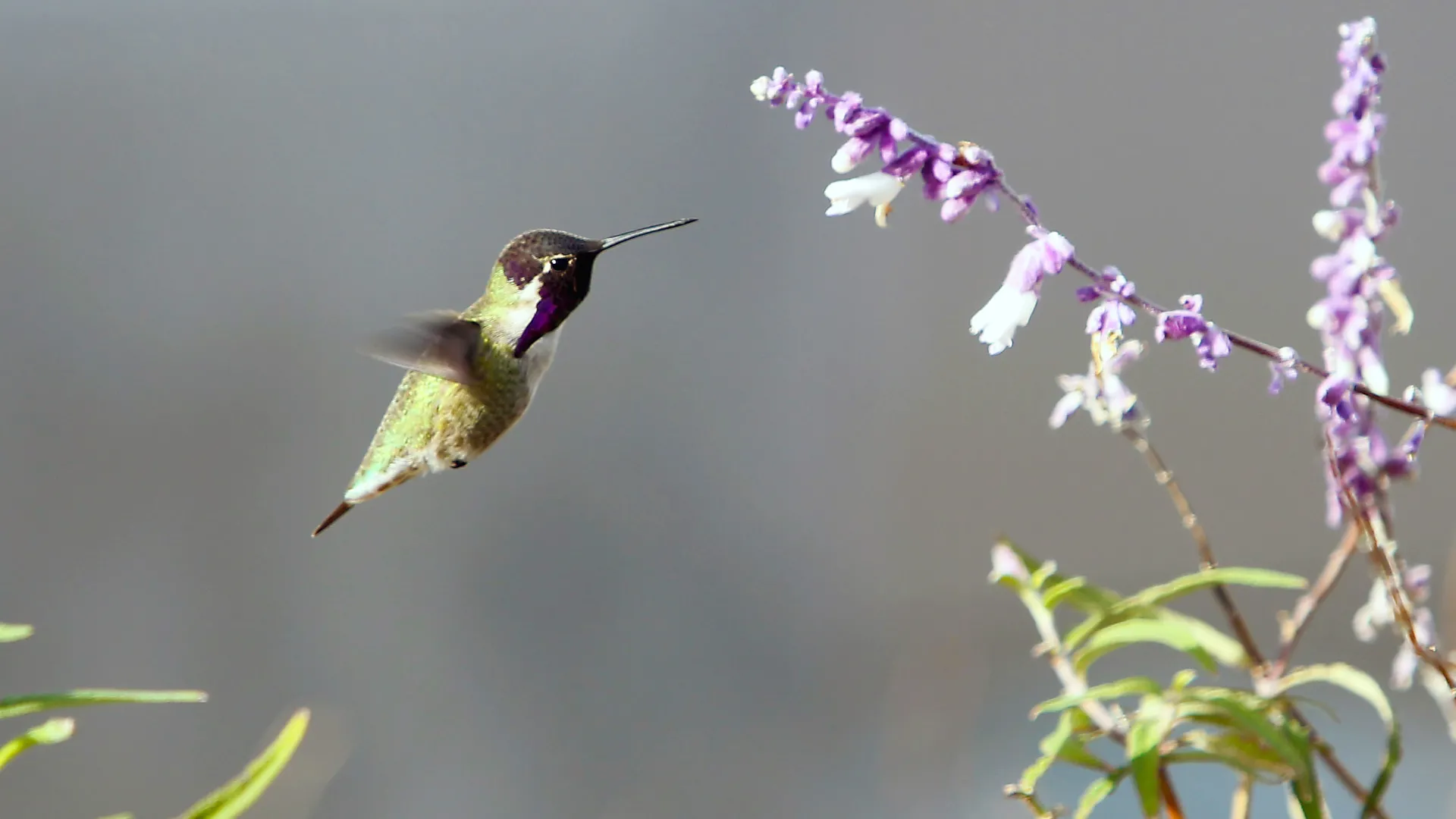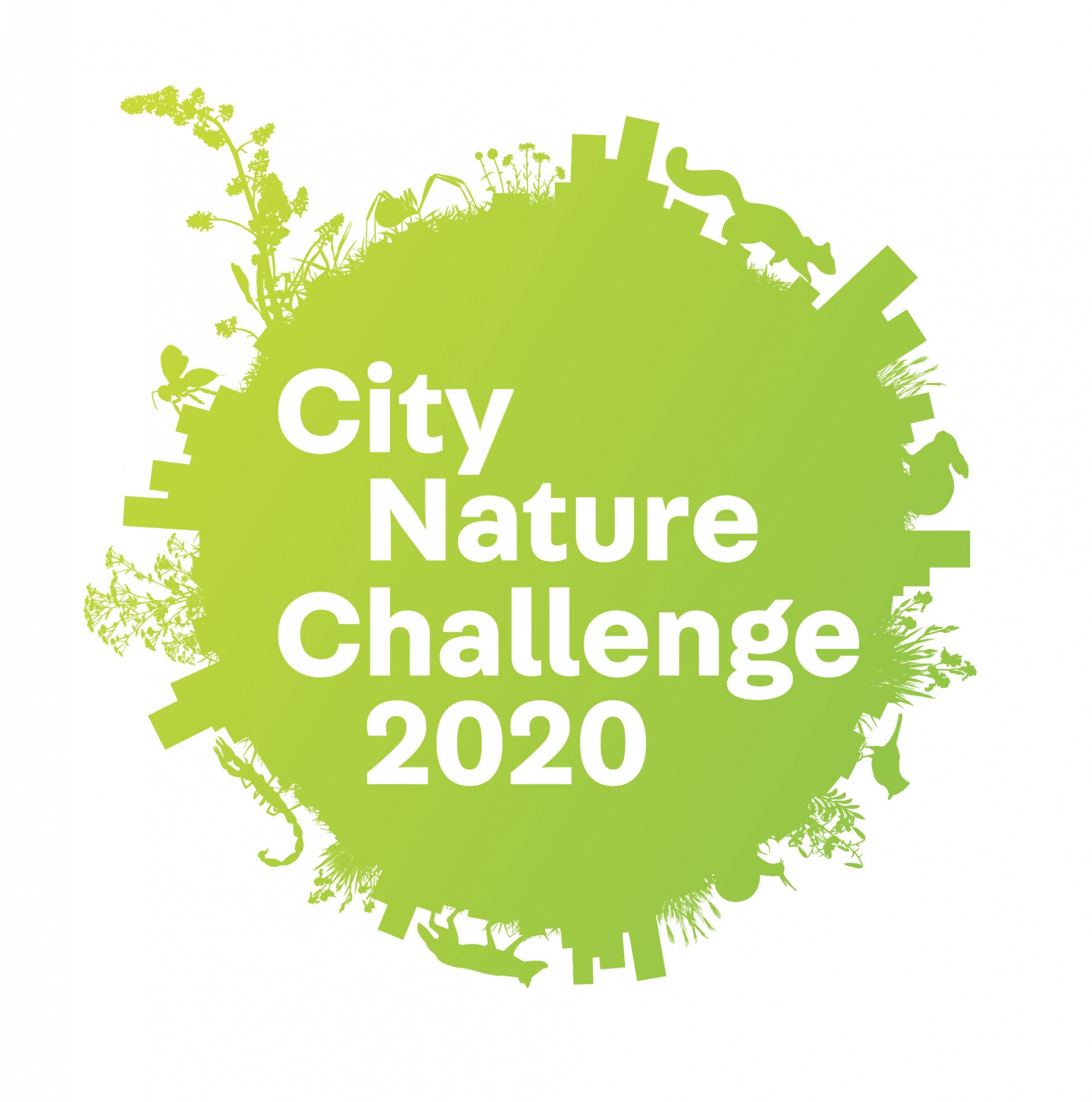Joe Gutierrez | CSUSB Office of Strategic Communication | (909) 537-5007 | joeg@csusb.edu

As citizen science – scientific work done by the general public often working with or under the direction of professional scientists and scientific institutions – increases in popularity, the fifth annual, worldwide City Nature Challenge is coming to San Bernardino and Riverside counties.
The goal of the City Nature Challenge in the inland region is to document as much nature as possible. Current and aspiring citizen scientists, nature and science fans, and people of all ages and backgrounds will be called on to observe and submit pictures of wild plants, animals, and fungi using the free mobile app iNaturalist, said Bree Putman, an assistant professor of biology at Cal State San Bernardino, who is coordinating the event locally.
Even as the coronavirus pandemic has forced the local City Nature Challenge to be scaled back – CSUSB has temporarily suspended all non-essential on-campus operations and cancelled or postponed events – the City Nature Challenge will still be held, albeit online and closely following California State University, local, state and federal public health directives and guidelines to ensure social distancing and limited contact for public safety, said Putman.

“The City Nature Challenge will embrace the collaborative aspect of sharing observations online with a digital community as participants document their local biodiversity to the best of their ability within public health parameters regarding COVID-19,” she said.
The event will be from Friday, April 24 to Monday, April 27, with final results announced on Monday, May 4, Putman said.
It is imperative that participants closely follow federal and local public health guidelines as they are updated in real-time in response to COVID-19, Putman said. For detailed information about how the City Nature Challenge is adapting to COVID-19, visit the City Nature Challenge 2020 COVID-19 FAQ webpage at citynaturechallenge.org/COVID19.
But the scaling back does not mean people can’t participate, Putman said. For both budding and veteran citizen scientists, participating is easy. They can:
- Find wildlife! It can be any wild plant, animal, fungi, slime mold, or any other evidence of life (scat, fur, tracks, shells, carcasses!) found in your neighborhood, home, backyard, or even through your windows. Putman said as an example, participants may be surprised how many insects thrive in the nooks and crannies around you.
- Take pictures of what is found using iNaturalist or your city’s chosen platform.
- Learn more as observations are identified.
Putman said even if participants are unable to take photos of wildlife, they can focus their efforts on identifying species documented in their area – even those documented before the City Nature Challenge!
“Now more than ever, it’s important to foster a sense of community, and the City Nature Challenge allows us to do just that,” Putman said.
 The CSUSB City Nature Challenge 2020 team.
The CSUSB City Nature Challenge 2020 team.
Putman has taken the spirit of the City Nature Challenge and infused it into her spring quarter ecology class. Students will be using iNaturalist to explore nature in and around their homes. Nature exists in every city, and she hopes that her students can help scientists study it through citizen science.
As global human populations become increasingly concentrated in cities, it’s more important than ever to document urban biodiversity and help ensure the future of plants and wildlife.
Large pools of data built through iNaturalist, natural history museums, and science organizations help authorities make informed conservation decisions that allow humans to coexist sustainably with the plants and animals in their neighborhoods. Putman’s ecology class will contribute to this global effort.
The City Nature Challenge was founded by San Francisco’s California Academy of Sciences and the Natural History Museum of Los Angeles County in 2016. Now, these institutions are organizing their fifth—and most collaborative—effort. The inaugural challenge invited participants from Los Angeles and San Francisco to observe and submit pictures of wildlife they encountered using iNaturalist. By the end of that inaugural weekend, over 1,000 participants submitted more than 20,000 observations of nature to iNaturalist.
Last year, the City Nature Challenge tallied more than 950,000 observations made by over 35,000 people in over 150 participating cities. Scientists can’t be everywhere at once, so without community observations, they’d miss some incredible finds.
For instance, participants in Miami spotted a swallow-tailed kite dropping an iguana in mid-air. In Bolivia, citizen scientists spotted an Andean condor – the largest flying bird in the world – circling high over their heads. And in Hong Kong, participants photographed the tail fluke of an endangered Indo-Pacific humpback dolphin. More than 1,100 endangered, endemic or data-deficient species were recorded during the 2019 City Nature Challenge.
 A participant in a Natural History Museum of Los Angeles nature walk at Augustus F. Hawkins Nature Park in South L.A. holds a discovery to submit via iNaturalist. Photo: Courtesy of the Natural History Museum of LA County
A participant in a Natural History Museum of Los Angeles nature walk at Augustus F. Hawkins Nature Park in South L.A. holds a discovery to submit via iNaturalist. Photo: Courtesy of the Natural History Museum of LA County
“We want to know what unique nature lies hidden in the Inland Empire,” Putman said “We want your help to find out.”
For more information, email cncinlandempire@gmail.com. For more information and an education tool kit, visit the City Nature Challenge website at citynaturechallenge.org. On social media, use the hashtag #CityNatureChallenge, and follow the challenge on Twitter at @citynaturechal3.
iNaturalist
Signing up is easy and free. Visit the iNaturalist website at inaturalist.org from your browser, or download iNaturalist from the Apple App Store or Google Play store.
Submit observations to the City Nature Challenge 2020: Inland Empire project page.